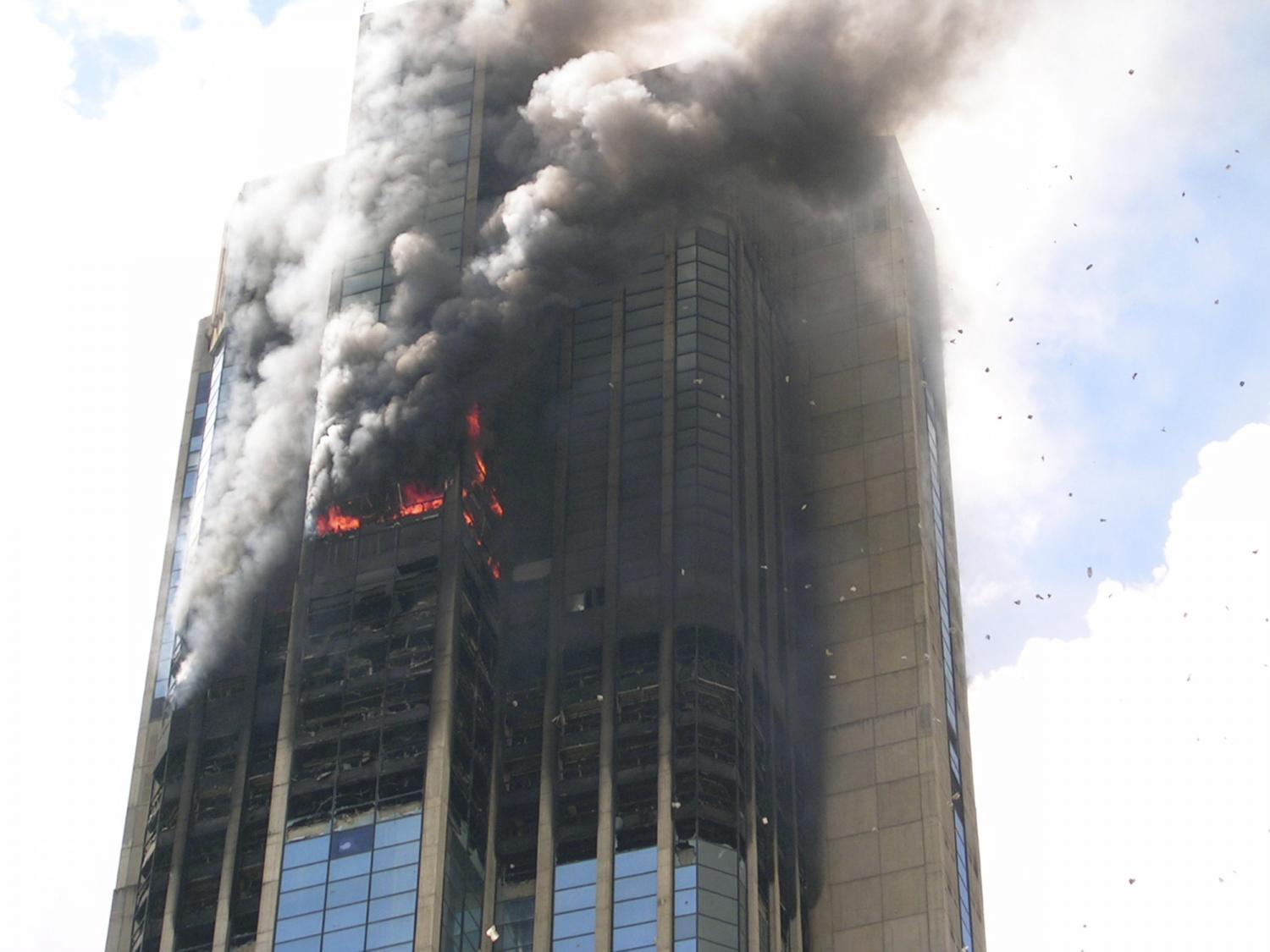
The Impact on the Use of Polymers and Flame Retardants
Wednesday 13 July 2022
Status and Trends in Fire Safety Regulations and Testing.
In recent years, major changes took place in all fields where fire safety is of vital importance. Fire safety regulations, classification systems and fire testing were increasingly internationalised, particularly in Europe, where the harmonisation of construction products and the interoperability of the rail system continuously progressed. On a world scale, new fire safety demands in other transportation areas (ships, aircraft), in electrical and electronic applications (office and consumer electronics, appliances), and in furnishings (mattresses, upholstered furniture) came up, leading to a new situation for products with fire safety requirements.
In building, the European harmonisation under the Construction Products Directive and related documents allows the classification of construction products in Euroclasses with the help of the new European reaction to fire tests. One very controversial topic was the adoption of an additional voluntary acidity criterion for classifying the fire performance of cables as construction products, because it may lead to lower fire safety levels and eliminate certain products. This criterion may be taken over by single EU member states into their building regulations. Other topics are the increasing availability of European product standards substituting the national ones, and the often still
problematic mounting & fixing of products in fire tests.
In railways, the European fire protection demands described in the seven parts of CEN/TS 45545 are currently standardised and the drafts undergo many changes. It is hoped that the final EN 45545 will be available in 2010. EN 45545, Part 2: Requirements for fire behaviour of materials and components, contains more than 10 different fire tests. Toxicity requirements will mainly be taken over from the existing system for French railways. Germany is adopting these toxicity requirements into its DIN 5510-2 standard until the European standard is published. The high fire safety requirements foreseen in EN 45545-2 may lead to major changes for materials used in future: larger
thermoplastic and elastomers parts are likely to no more meet the demands and will be substituted by other materials, for example thermosets.
In ships, the Fire Test Procedures Code (FTP Code) developed in 1996 by the International Maritime Organization (IMO) will be revised and completed until 2008. The main changes will be the introduction of the cone calorimeter (ISO 5660) and room corner test (ISO 9705). It is also planned to review the smoke gas limitation criteria of FTP Code Part 2 measured in the Single Chamber test (ISO 5659-2) and to use FTIR for analysis of the smoke components.
In aircraft, after the Swissair 111 accident of 1998, the burnthrough test was developed for determining the resistance of thermal/acoustic insulation materials used inside fuselages. It will be compulsory for airplanes manufactured after September 2007.
Electrical and electronic (E&E) products are globally subjected to various safety and fire safety demands. The requirements are harmonized to European and international standards like IEC and CENELEC. At the moment, the main activities influencing the use of materials and finished parts are the foreseen external fire sources for testing housings of consumer and office electronics (IEC/TS 62441) and the glow wire ignitability of materials test -IEC60695-2-13- for household appliances. These activities will impact on the use of plastics and flame
retarded grades.
In furniture, higher fire safety requirements for mattresses will apply. In the USA a federal regulation for strict new mattress flammability requirements, including fire resistance to an open flame, will be effective in July 2007. In addition, a US federal furniture fire safety regulation for upholstered furniture is under discussion. In France, furniture in public buildings must now meet higher requirements. The increased use of flame retarded systems will help to meet these new stringent fire safety demands.
All these developments show that fire safety requirements in all applications are continuously growing. They will promote the development and use of more sophisticated and innovative flame retardant polymer systems.
Ours last articles
- Monday 01 May 2023Overview of accumulator types, including Lithium-ion batteries @ iso-charge
- Friday 04 November 2022CREPIM: Material developer and fire test center
- Friday 19 August 2022Abusive tests on Li-ion batteries
- Friday 19 August 2022CREPIM: Material & Abusive Test Expert
- Wednesday 13 July 2022RAILWAY: EN 45545 SERIES AT A GLANCE

